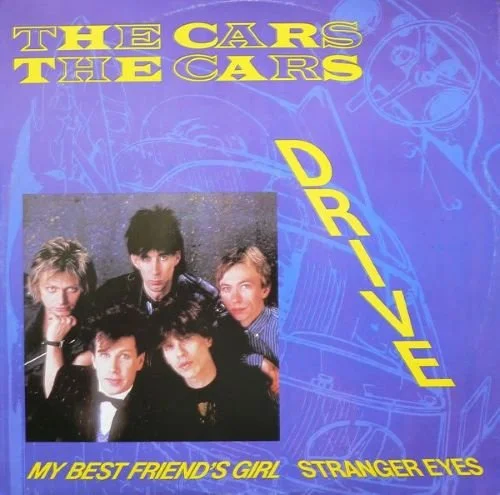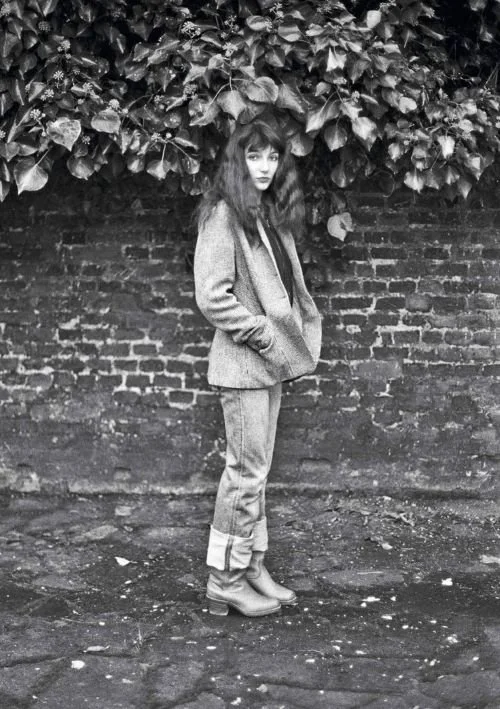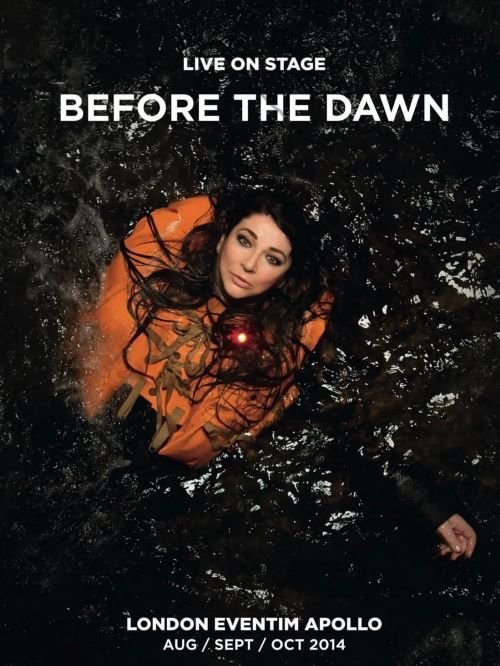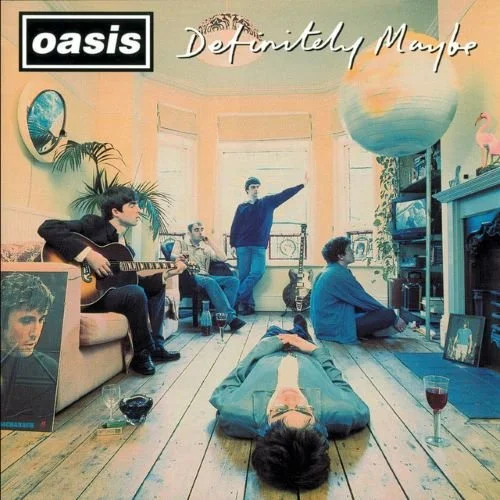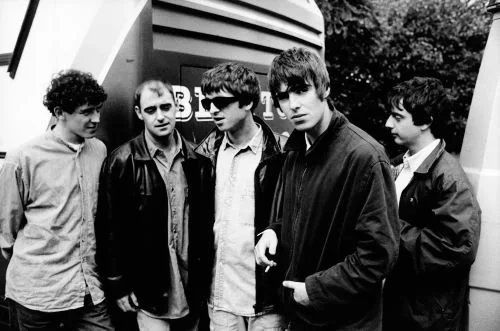FEATURE:
Groovelines
The Cars - Drive
_________
FOR this Groovelines…
I am zeroing in on a song that turns forty soon. On 23rd July, 1984, The Cars released Drive. The third single from the band’s fifth studio album, Heartbeat City, it is one of their defining moments. I am going to come to a couple of features which explore Drive more closely. One of the greatest tracks of the 1980s, it still sounds emotional, affecting and epic forty years later. Written by The Cars’ lead, Ric Ocasek, Drive was sung by bassist Benjamin Orr and produced by Robert John ‘Mutt’ Lange and The Cars. Drive reached number three in the U.S. However, as I shall illustrate later, Drive is maybe better associated with 1985’s Live Aid. It was sung by Benjamin Orr during the Philadelphia event. After featuring in such a high-profile and worldwide event, Drive re-entered the U.K. chart at number four. Proceeds from the sales of the re-released song raised nearly £160,000 for the Band Aid Trust. There is this legacy for the song that transcends chart positions or an album. It became part of something so much wider and bigger. Even though the lyrics of Drive doesn’t really relate to Ethiopian famine and hunger, I guess the emotional pull and something in the song made it appropriate for stirring the senses. It clearly worked. Among facts associated with the song, one is that Paul McCartney highlighted Drive as an influence on 1986’s album Press to Play. Even if that album is underrated, it shows how stirring and powerful it is if the greatest songwriter and musician in history is compelled to follow it and emulate its sound. Before getting to a feature from American Songwriter, this feature, written in 2020, talks about how The Cars’ Drive played a big part in 1985’s Live Aid:
“Floating over majestic waves of alluring electronica, bassist Benjamin Orr’s beautifully nuanced, emotionally-charged vocal performance is note-perfect for the haunted vibe of the song. And let’s be honest, as great as Ocasek was, his arch, often mannered Bowiesque vocal affections just wouldn’t have worked here.
So it’s more than a little ironic Drive was recorded at the former Morgan Studios in London’s Willesden High Road where the Major Tom one had recorded Space Oddity a decade and a half earlier.
Poignant and pointed, Drive’s lyrics seem to be asking someone whose life is going downhill fast, to honestly examine their situation and take their foot off the gas before it’s too late.
Moreover, the opinion Rolling Stone offered when the song was released, in a perceptive review, suggested a “subnarrative of love and drug addiction” running through Heartbeat City, which lines up with Drive.
Searching questions like “Whose gonna pick you up/When you fall?”; Who’s gonna plug their ears/When you scream?”; and “Whose gonna hold you down/When you shake?” all suggest someone in the throes of drug addiction and withdrawal.
Drive’s atmospheric, almost dreamlike quality was reflected in the Timothy Hutton-directed video that featured the Czech model Paulina Porizkova, then just a teenager. Meeting her future husband on the set in New York’s Astoria Studios, she would become Ocasek’s widow upon his death in 2019.
With MTV giving the clip constant rotation, Drive was propelled to No. 3 in the US and No. 5 in the UK in September of ’84. However, there was an even more dramatic film that would seal the song’s legacy when the organisers of the Live Aid transatlantic charity concert used it to soundtrack footage of starving Ethiopian children, in a move that the archangel Gabriel will explain on the Day of Judgment.
Actually I can do that for you right now.
When Drive was coupled with a disturbing video of African famine victims and shown on the big screens at Live Aid in Wembley Stadium and JFK Stadium in Philadelphia and around the world it had a gigantic impact on people. And it was all thanks to David Bowie.
As well as his 20-minute main set, Bowie was also appearing that day in a specially recorded video of Dancing In The Street with Mick Jagger, and part of the chorus helping Paul McCartney through Let It Be, and leading the all-star finale of Do They Know It’s Christmas? during the London finale. He felt the onus was on him to sacrifice part of his allotted set time to introduce a certain video that had moved him to tears.
In a terrapin hut backstage before the concert, “Sir” Bob Geldof, the show’s organiser-in-chief, had shown David a film compiled from newsreel footage of the Ethiopian famine, shot by the Canadian Broadcasting Corporation, even though he was refusing to allow the video to be shown due to time constraints. The Boomtown Rats singer only relented when Bowie, who had the unenviable task of following his erstwhile Under Pressure partners Freddie Mercury and Queen on to the Wembley stage, offered to drop a song from his main set as a trade-off.
“Bowie was sobbing … he says, ‘I want to drop a song and introduce this’.”
Received wisdom is that the song Bowie cut to make way for the CBC clip was the opening track from Ziggy Stardust, the apocalyptic Five Years, largely repeating a claim that Geldof’s wife and Tube presenter Paula Yates made on a Channel 4 documentary later that year. However, Thomas Dolby and the late Matthew Seligman, two members of Bowie’s hastily assembled bright young things on the day, have both assured me in the past that although Loving The Alien was actually rehearsed on the first day, the sacrificial lamb come showtime was actually Fascination, from 1974’s pseudo soul set Young Americans.
Excerpted from an interview I conducted with the seminal synthmeister himself in 2013, the indeed very brilliant Thomas Dolby takes up the story of a fluid, fluctuating set list.
“David would keep changing his mind about what songs to do. He initially wanted to do his current single, Loving The Alien, but as he got focused on what the event was he realised that it wasn’t about promoting your current single. Because he was shooting Labyrinth, we only had four short rehearsals in the evenings, and each time he would change his mind about what we should do. So we only settled on the four songs that we did on the last day.”
Sure enough, as the band left the stage Bowie announced, “Lest we forget why we’re here. I’d like to introduce a video made by CBC Television, the subject speaks for itself. Please send your money in.” [cue toothy grin.]
The devastating montage chronicling the human toll of the ongoing famine in Ethiopia, set to the melancholic soundtrack of Drive, was shown to the stadium audiences in London and Philadelphia, as well as on televisions around the world* (though, inexplicably, neither of the two US feeds from ABC or MTV chose to show the film). The rate of donations became faster in the immediate aftermath of the video, and
it remains one of the abiding images of Live Aid, which Geldof readily acknowledges.
“That tape was the turn-around moment in the entire event. More money was pledged immediately after its transmission than at any other time during the concert.”
Bowie told British radio: “I thought it was a very important piece of footage… the point wasn’t to promote singles, the point was to bring awareness to the situation.”
As well as that memorable impression of such a beautifully mournful song incongruously but effectively played against such heartbreaking footage was The Cars’ actual performance in Philadelphia, which came several hours later”.
I am interested in Drive and how it came to life. Whereas most associate The Cars with more upbeat songs like My Best Friend’s Girl and Just What I Needed, I think their most poignant and finest moment is Drive. The final feature I am highlighting is from American Songwriter. Forty years after its release, I feel Drive sounds like nothing else. It turns forty very soon. If you are unfamiliar with the track, then do give it a listen now. It transcends tastes and age. It is a song that will hit the heart instantly:
“Unlike “You Might Think” and “Magic,” the turbo-charged hits that preceded it as singles from The Cars smash ’84 album Heartbeat City, “Drive” was a ballad. And while those other two songs were sung by Ocasek, who wrote all the Cars material, he gave “Drive” over to bassist Benjamin Orr to sing.
Orr, who sang on previous Cars hits like “Just What I Needed” and “Let’s Go”, was the wise choice. Ocasek had a knack for putting a wry, ironic spin on his lyrics, but “Drive” demanded tenderness and emotional connection to the words. In an era where histrionics and affectations often passed for singing, the lonely ache in the bassist’s voice haunted and captivated listeners.
The lyrics are a series of questions asked to an unnamed girl, a songwriting tactic that harkens back to classics like “Are You Lonesome Tonight?” When asked in the right sequence with varying levels of intensity, these questions can create a thorough character sketch in very short strokes, which is what Ocasek pulls off brilliantly here.
Subtle shadings in Orr’s delivery vary the narrator’s demeanor with each question. At times he shows the sympathy of a friend, one who’s genuinely concerned for the girl’s well-being. At others he seems more like a jilted suitor, frustrated with her inability to see the figurative cliff she’s fast approaching. By the end, he just seems resigned to the sad fact that the common answer to all of his questions about who will save her is a resounding “no one.”
Only at the end of each verse does the narrator step back and offer some advice, saying You can’t go on/Thinking nothing’s wrong. The specific questions, from sympathetic like Who’s gonna pick you up when you fall? to more pointed queries like Who’s gonna pay attention to your dreams?, lead to the one that she can’t answer, that he can’t answer, that will haunt them both now and forever, Who’s gonna drive you home tonight?
Synthesizers, so often garishly utilized in that era, soften the blow here, as do the ghostly sighs of the backing vocalists. The rhythm sways at slow-dance pace, although this is the kind of dance that immediately precedes a final farewell. Orr sends the song out with a piercing extended note on the final “tonight,” the bittersweet beauty of it all reaching a stunning climax. Maybe The Cars aren’t who anyone would have expected to deliver one of the most heartfelt ballads of the ’80s, but “Drive” is impeccable evidence that they did”.
A beautiful and hugely stirring song, Drive definitely made an impact back in 1984. That continued into 1985. Its amazing video, directed by Timothy Hutton and starring Paulina Porizkova, I really love and admire the track. I would urge people to check out the album it is from, Heartbeat City. A chart success and critically acclaimed release, it spawned six singles. I think that Drive is its finest moment. A track that is impossible to ignore and dislike, it turns forty on 23rd July. You only need to hear it once to be cast…
UNDER its spell.


